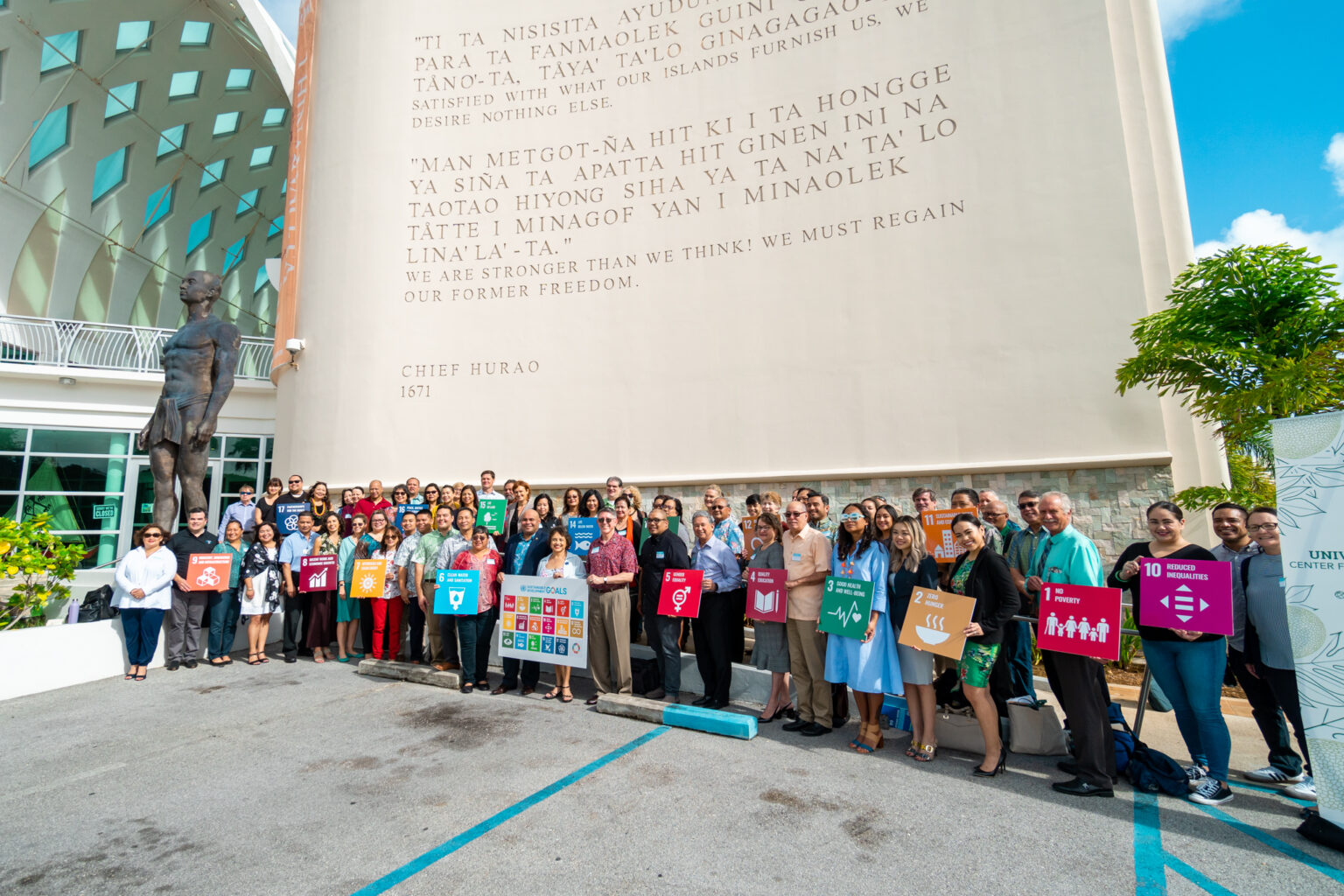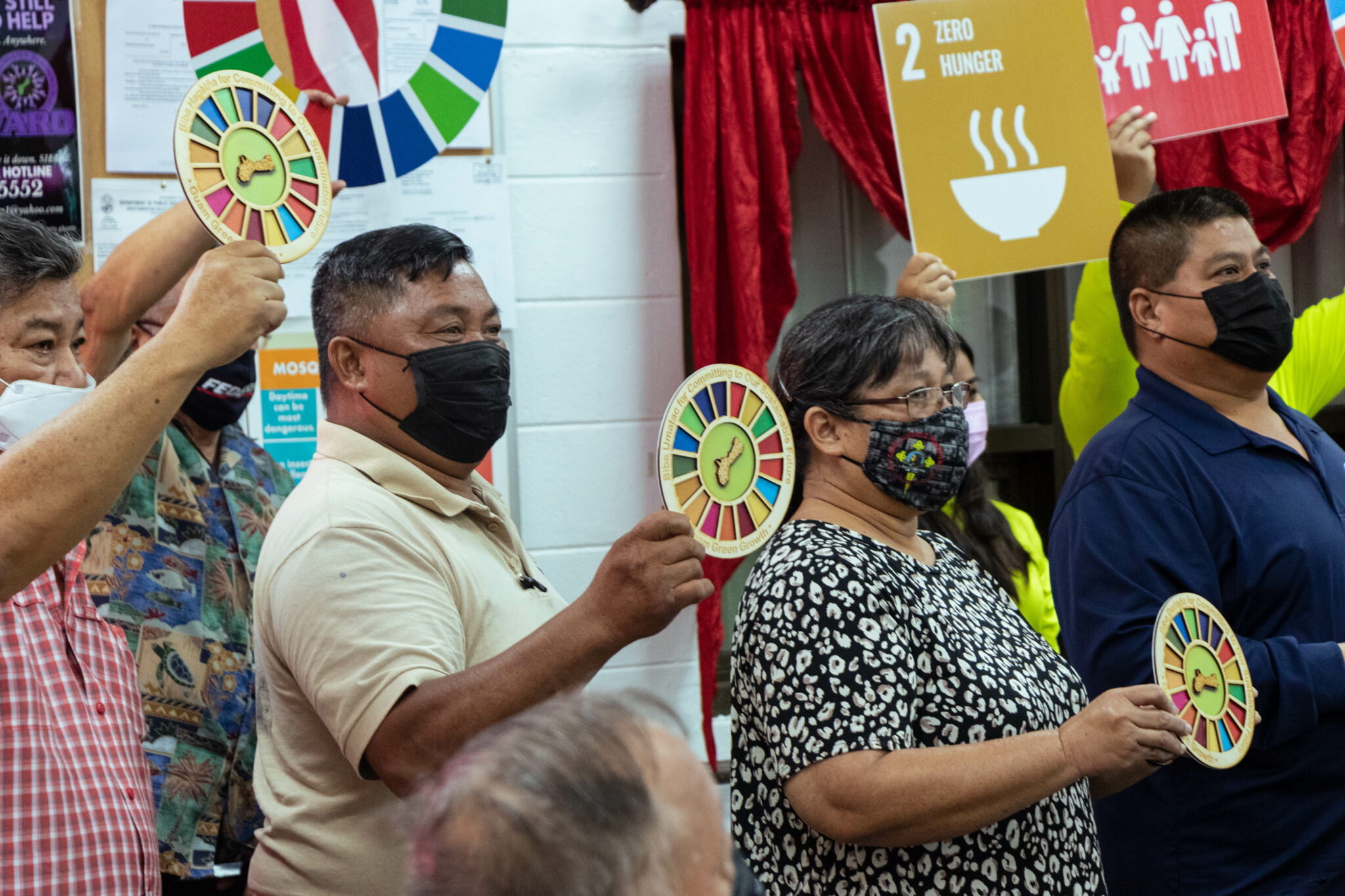Guam Green Growth prepares for Makerspace opening



The Guam Green Growth (G3) Initiative is preparing for its G3 Circular Economy Makerspace and Innovation Hub opening at the CHamoru Village in Hagatña.
The circular economy is a model of production and consumption which involves sharing, leasing, reusing, repairing, refurbishing and recycling existing materials and products as long as possible. In this way, the life cycle of products is extended.
The G3 Circular Economy Makerspace and Innovation Hub will enable entrepreneurs to gather in a facility filled with tools and equipment that will be used to turn waste products into marketable products.
“On Guam, we import a lot of the things we consume,” said UOG President Thomas Krise. “Using this makerspace, we can recycle things like plastic, wood products, and problematic species such as bamboo. I think there’s a lot of potential for creativity that’s also helpful in terms of sustainability and developing the economy.”
The facility occupies three houses in the CHamoru Village. The industrial makerspace holds most of the larger equipment such as a laser cutter, a computer numerical control router, and multiple 3D printers. It also houses a collection of power tools which members can use.
“In a time of struggling businesses, UOG and our partners will work through this G3 makerspace to stimulate new industries and put ownership of the emerging green economy into the hands of our people,” said Austin Shelton, director of the UOG Center for Island Sustainability.
The second makerspace house will feature equipment from Precious Plastic, a plastic recycling project that uses machines to grind, melt, and mold discarded plastic into new products. By next year, the makerspace will install the latest series of equipment from
Precious Plastic and will also include a palm leaf plate presses as an alternative to polystyrene foam plates and bowls.
Once products are created in the makerspace, they can be incubated and incubated and sold at the G3Green Store. The store is a shared space with the innovation hub, which will provide business-related workshops and trainings for the makerspace’s equipment. “The team here showed me the possibilities for our island’s future and it’s looking very exciting for the next twenty years,” said Angelo Diether Paule, the president of the UOG Student Government Association.
The exact date of the public opening of the makerspace is being determined. When the G3 Circular Economy Makerspace and Innovation Hub is fully operational, members of the community can make appointments to use the facility’s equipment and resources.
“I think the value this facility gives in terms of reverse engineering to us is great,” said Robert Jackson, the deputy project director and chief operations officer of DZSP21. “A lot of our equipment is older and we do run into supply chain issues when it comes to obsolete parts. Being able to leverage this technology to solve those challenges is exciting. I look forward to exploring those possibilities.”
The G3 Circular Economy Makerspace and Innovation Hub was made possible by funding from Guam NSF EPSCoR, the Guam Economic Development Authority, Office of the Governor of Guam, and partnerships with the UOG Center for Island Sustainability, UOG Sea Grant, the School of Business and Public Administration, and Guam Unique Merchandise and Arts.
For inquiries about touring the G3 Circular Economy Makerspace and Innovation Hub, please contact G3 Circular Economy Coordinator Myracle Mugol from Guam NSF EPSCoR (mugolm@triton.uog.edu).
























